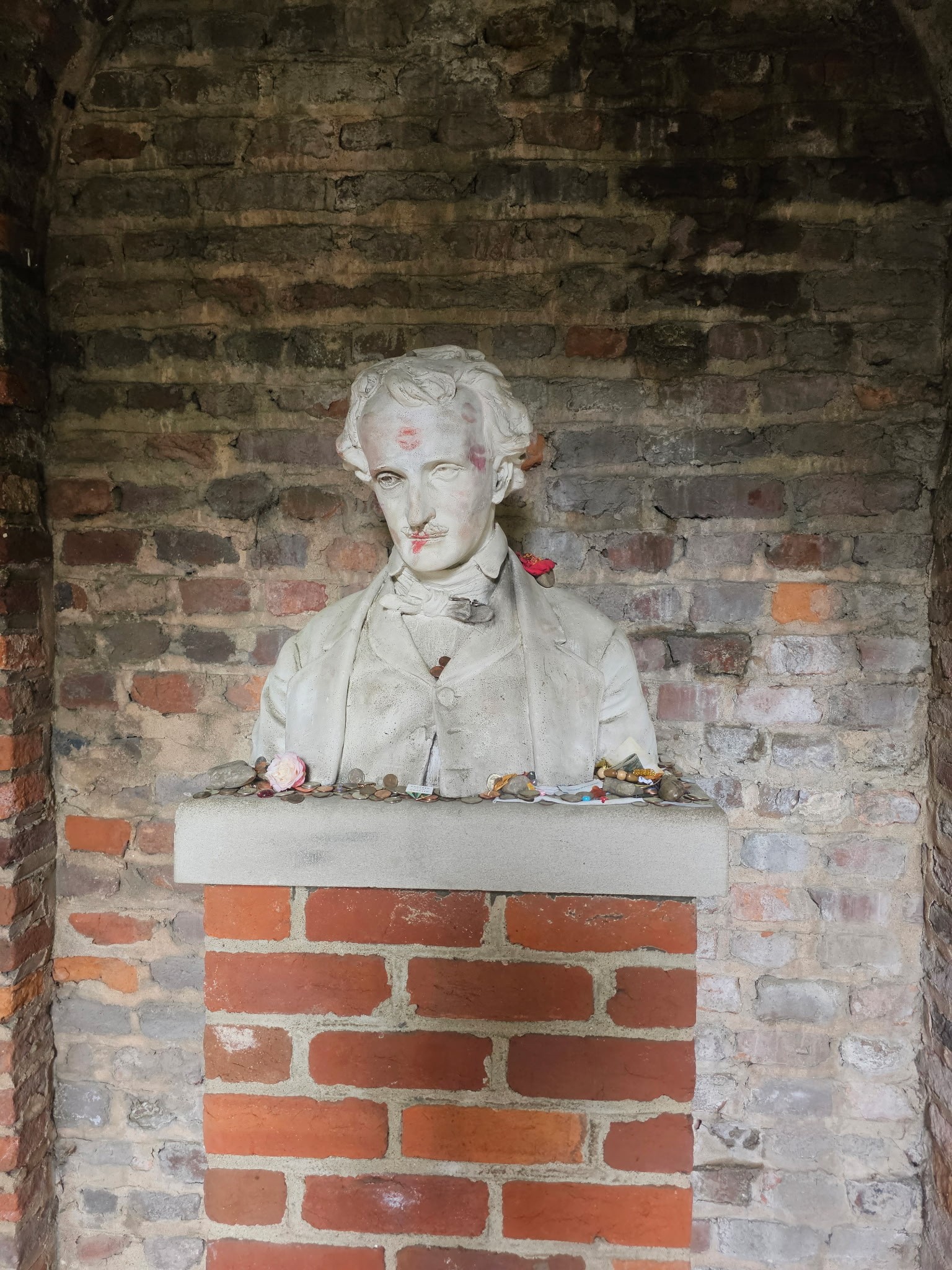In the realm of roleplaying, few genres are as hauntingly captivating as dark fantasy. It is not merely a setting—it is a descent. A descent into forgotten catacombs, cursed bloodlines, arcane relics, and moral ambiguity. Where traditional high fantasy may present heroes destined for glory, dark fantasy asks a far more compelling question: What happens when the hero is already tainted?
Dark fantasy roleplaying—whether in tabletop campaigns, virtual adventures, or narrative-driven games—offers players an opportunity to embody characters who grapple not just with external beasts, but with the inner ones they try to chain, control, or surrender to. It’s a genre built on shadow work, storytelling, and the beauty of broken things. And for many, it is not just play. It is transformation.
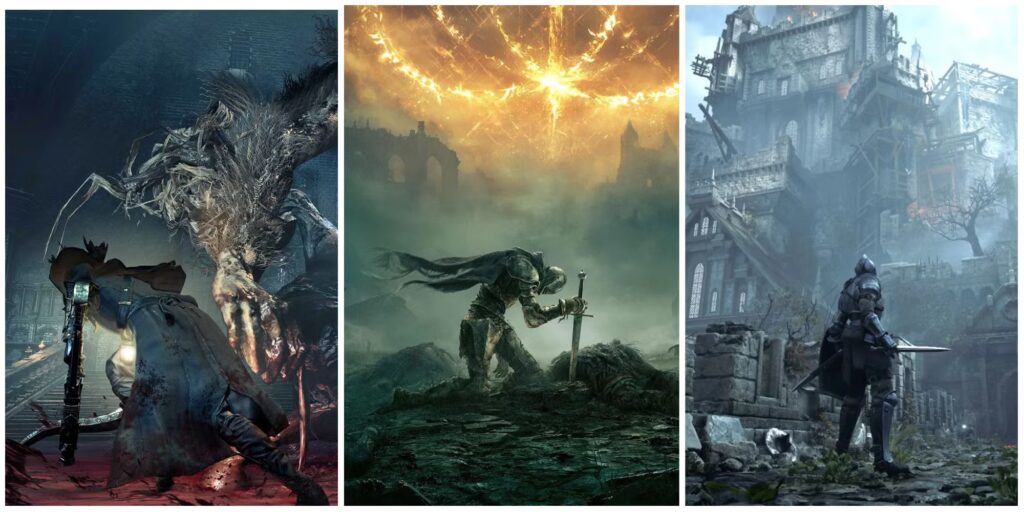
The Allure of the Shadowed World
Dark fantasy beckons to those who find beauty in decay and poetry in torment. Its worlds are not safe, and that is precisely the point. These settings often draw on Gothic aesthetics, horror folklore, and twisted mythologies to paint a canvas where magic corrupts, gods are dead (or worse, listening), and kingdoms are built atop cursed bones.
Players are not meant to feel powerful from the start. Instead, they claw their way through fear, trauma, and temptation—emerging either stronger or irrevocably changed. The allure comes from this danger. The deeper you go, the more rewarding the journey feels.
In contrast to the sanitized nobility of high fantasy, dark fantasy is intimate. Personal. The stakes are not always the fate of the world, but the salvation—or destruction—of your character’s soul.

Crafting the Antihero: Embracing the Flawed
In dark fantasy roleplay, perfection is a death sentence. Characters thrive not on their virtues, but on their contradictions. The cursed knight, once a holy paladin, now wields unholy power to protect what’s left of his humanity. The sorceress, scorned by the gods, seeks vengeance not for herself but for those the divine abandoned. The necromancer who speaks with the dead not out of malice, but grief.
These stories are compelling because they feel real. Humanity is not built from binary good and evil but from choice, consequence, and the lies we tell ourselves to sleep at night. Dark fantasy encourages players to dig deep into the psyche of their characters. Why do they do what they do? What would they sacrifice for love? For power? For survival?
In this way, the genre becomes an exercise in shadow work—examining and embodying the parts of ourselves we repress. Through roleplay, we confront guilt, obsession, and pain. And through that confrontation, we find catharsis.

Worldbuilding in Decay
The world itself is a character in dark fantasy. Landscapes are haunted by ancient sins—forests that whisper names, cities choked in ash, and oceans that demand blood before they’ll yield their bounty.
In tabletop games like Dungeons & Dragons or Call of Cthulhu, dungeon masters craft realms where hope is rare and power always has a price. In video games like Dark Souls or Blasphemous, the setting itself fights against the player. The world is cruel. It doesn’t care whether you win. But it will remember you.
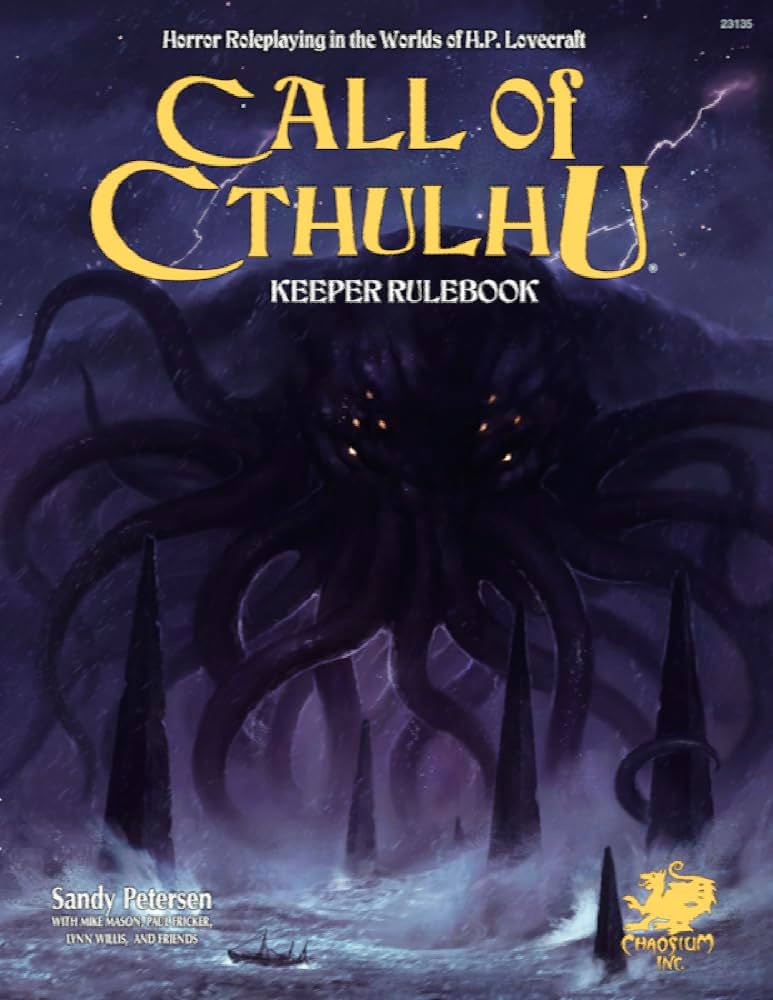
What makes these settings memorable is their atmosphere: oppressive, immersive, and steeped in lore. Symbols are everywhere—sigils scrawled in blood, forgotten rituals waiting to be reenacted, ruins built upon even older ruins. The storytelling lies as much in what is said as in what is left unsaid.
Dark fantasy worldbuilding thrives on mystery. Every answer leads to more questions, and every path is lined with danger. But it’s in these grim and beautiful settings that the most transformative stories unfold.
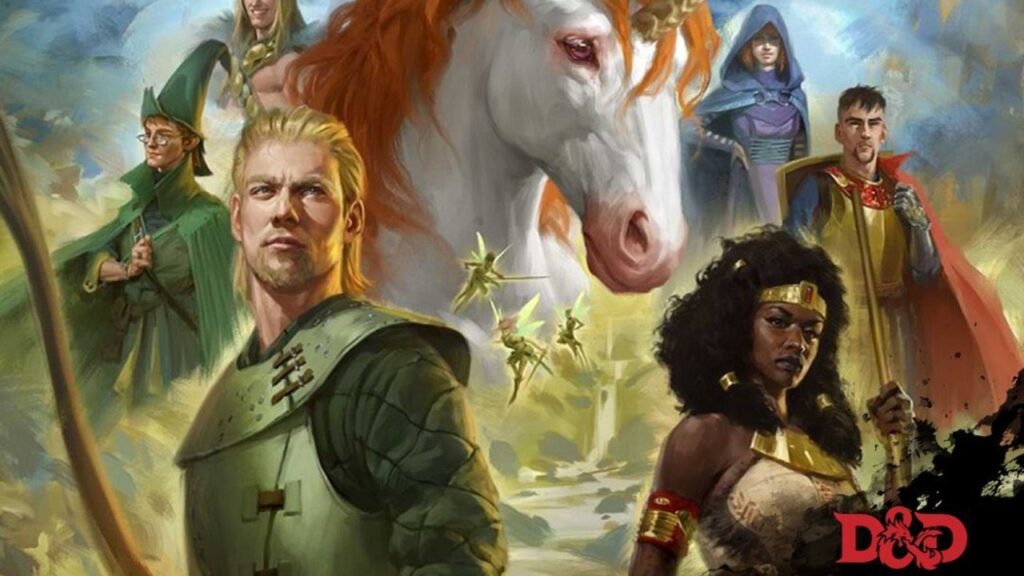
Themes of Corruption, Redemption, and Power
Dark fantasy is built on paradoxes. Corruption and purity. Despair and hope. Damnation and deliverance.
Players often find themselves navigating moral mazes. Do you make a deal with the demon to save your village? Do you kill the monster who was once a man? Do you spare the heretic who may hold the truth? These are not simple choices, and that’s why they matter.
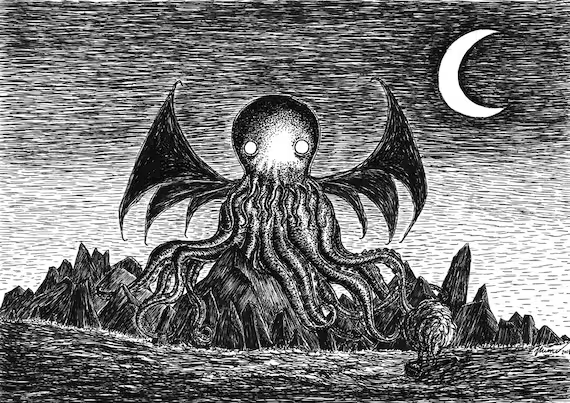
Power is never given freely in dark fantasy. It comes at a cost. A cost that demands a piece of your soul, your past, and your future. And sometimes, the most powerful characters are the ones who choose to walk away.
Redemption arcs in this genre are raw and earned. They do not come from grand gestures but from slow, painful choices. A villain may find redemption not by saving the world, but by saving one child. A cursed warrior may never lift his curse, but he can choose not to become the monster.
This constant tension—between ruin and resurrection—is what keeps players invested. The stakes are always personal. The victories are never clean. But they are meaningful.
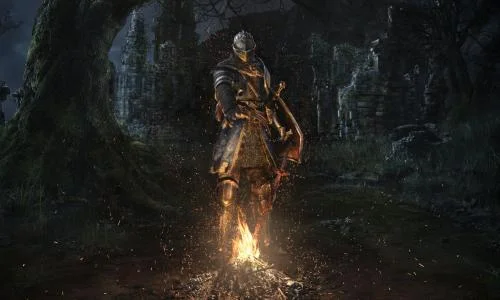
The Role of Horror and the Occult
Where there is dark fantasy, horror follows. Not the jump-scare variety, but the creeping dread of the unknown. Of ancient beings that warp reality. Of whispers behind the veil. Of forgotten gods that still hunger.
Horror in dark fantasy is thematic. It’s not just the monster beneath the bed, but the realization that you are the monster. That your magic comes from something you don’t understand. That the mirror no longer reflects who you used to be.
The occult is often interwoven into the narrative. Rituals, forbidden tomes, and sacred relics become keys to unlocking power—or doom. Players may find themselves drawing sigils in blood, invoking forgotten spirits, or exploring ruined temples where reality is thin and the air hums with madness.
Yet even in this darkness, there is beauty. Beauty in the candlelit altar, in the rhythmic chants of a coven, in the elegance of a ritual gone wrong. Dark fantasy invites players to explore this aesthetic—where Gothic romance meets ancient terror.
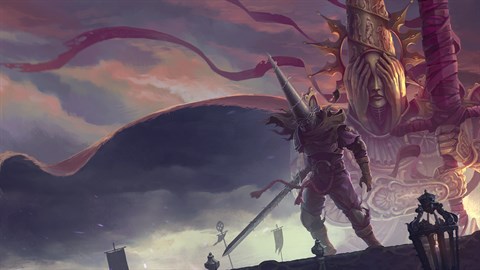
The Community and Culture of Dark Fantasy Roleplayers
Dark fantasy isn’t just a genre—it’s a culture. A community of storytellers, gamers, and creators who revel in the macabre. Whether in online roleplay forums, homebrew campaigns, or digital platforms like Baldur’s Gate 3 and Elden Ring, players are drawn together by a shared fascination with the grim and the grand.
These communities often foster deeper emotional engagement. Characters are more than avatars—they’re vessels for storytelling. Conflicts, betrayals, alliances, and revelations unfold over months or years of play. Players become invested not just in outcomes, but in arcs.
Costuming, writing, art, and music are also central to the dark fantasy roleplay scene. Many players create elaborate backstories, journals, and illustrations to bring their characters and worlds to life. Gothic aesthetics—lace, leather, arcane symbols—are celebrated. And the culture often overlaps with alternative spiritualities, from modern paganism to chaos magic, enhancing the immersion with real-world ritual and introspection.
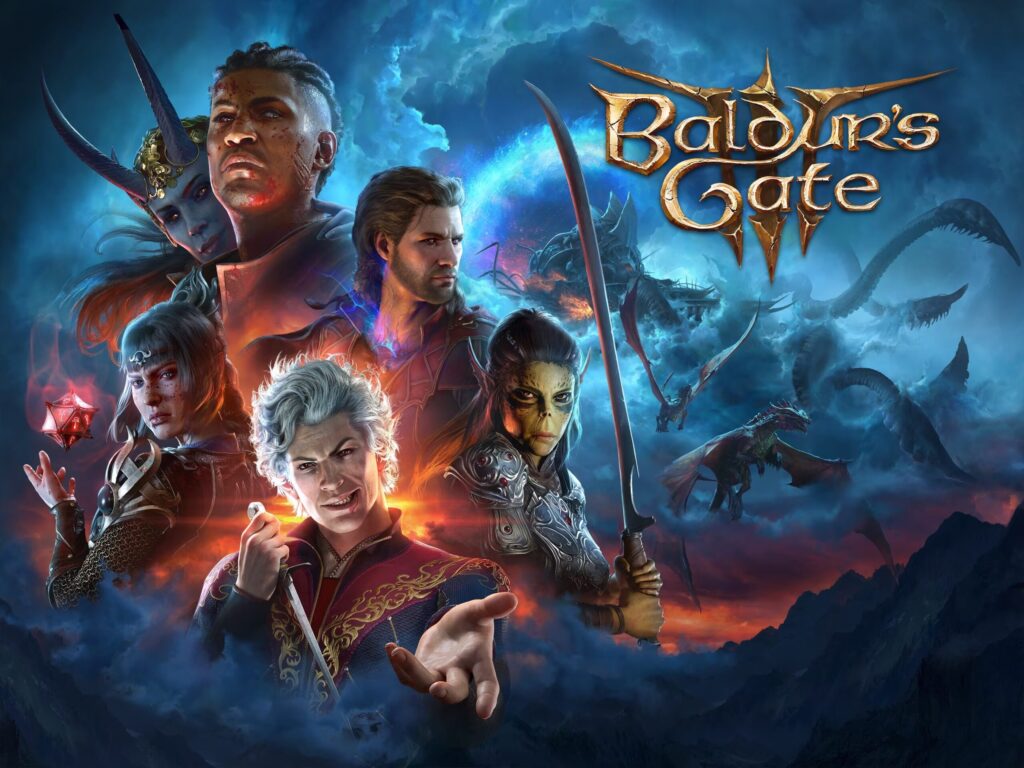
Why We Need the Darkness
At its core, dark fantasy roleplaying is not about wallowing in despair—it’s about illuminating the dark. It gives us space to explore trauma, rage, lust, grief, and hunger in a safe, structured environment. It gives us permission to question the world—and ourselves.
In an age that prizes perfection and positivity, dark fantasy reminds us that scars can be sacred. Those shadows hold truth. That brokenness can be beautiful.
It’s not about escaping reality—it’s about engaging with the parts of reality that often go unspoken. And in doing so, we reclaim our agency. We learn. We transform.
We become something new.

Embrace the Abyss
To play in a dark fantasy world is to dance on the edge of a blade. Every step is risky. Every choice is etched in blood and memory. But for those who dare, the rewards are unmatched: storylines that echo long after the dice are put away or the game is shut down. Characters who feel real. Moments that make your heart race, your voice shake, and your soul stir.
Dark fantasy roleplaying is not for everyone. But for those who hear the call, it offers something rare: truth through shadow. Transformation through myth. And the reminder that even in the darkest of worlds, a single flicker of flame can light the way.
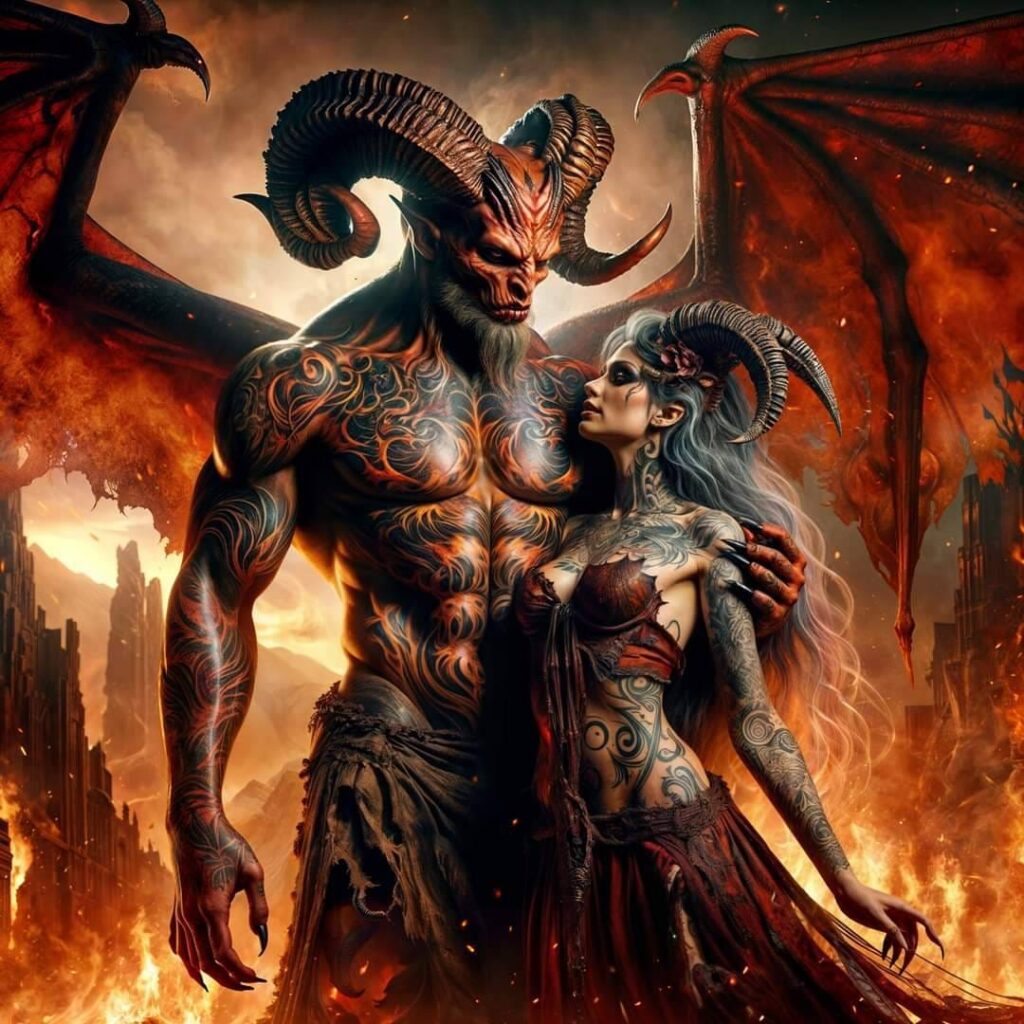
So embrace the abyss. Let your demons speak. Let your story unfold like a ritual. And remember—every hero was once a monster in someone else’s tale. Make sure your closing thoughts are impactful and memorable. A strong conclusion not only ties the article together but also inspires readers to engage further.

